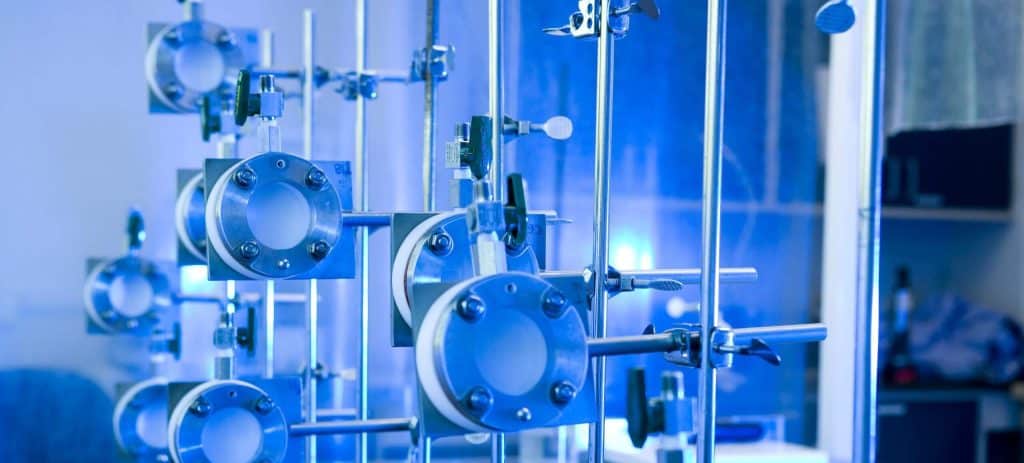What is a Viral Penetration Test?
The Viral Penetration Test is a pass/fail test that evaluates the viral penetration resistance characteristics of personal protective equipment such as gowns, drapes, and gloves. Nelson Labs staff assisted in the development of this test method and has more experience in Medical Viral Penetration testing than any other company. We provide a one-stop shop for all PB70 testing and protective barriers & material performance testing.
Why is Viral Penetration Testing Important?
The Medical Viral Penetration test is officially recognized by the FDA and is performed in compliance with ASTM F1671 and AAMI PB70. This test is required by AAMI PB70 guidance to determine the level of protection for gowns and drapes. The test is also required for 510(k) submissions to the FDA, as well as for protective equipment per national fire protection agency regulation. Additionally, this test has been used by textile manufacturers to qualify their product for sale as raw material to medical device manufacturers. Our Viral Penetration Testing is done in conformance with criteria from:
- AAMI PB70
- ASTM F1671
- ASTM F2407
- ISO 16604
- NFPA 1951
- NFPA 1971
- NFPA 1999
Study Outline
In this Viral Penetration test procedure, specimens are prepared by randomly cutting the test material into approximately 75 mm x 75 mm swatches. Once conditioned, individual test specimens are loaded into the penetration test cell. The test cell reservoir is then filled with approximately 60 ml of the phiX174 bacteriophage suspension, maintained at a concentration of at least 1.0 x 108 plaque-forming units/mL, and allowed to sit for 5 minutes at atmospheric pressure.
After the initial 5 minutes, an external air source is connected to the test cell and a pressure of 2 pounds per square inch gauge (psig) is applied to the sample for 1 minute. After 1 minute of applied pressure, the pressure is released and the specimen then sits for an additional 54 minutes at atmospheric pressure.
Throughout the test, the surface of the specimen is observed for penetration. To further evaluate whether viral penetration occurred, at the end of the test, the surface of the test specimen is rinsed with a sterile assay fluid and collected. This assay fluid is plated using standard plaque assay techniques. The assay plates are incubated and specimens showing no plaques on any of the assay plates pass the test, while plates that exhibit plaque-forming units fail.
The surface tension range for blood and body fluids is approximately 42 – 60 dynes/cm. To simulate the wetting characteristics, the phiX174 bacteriophage suspension is adjusted to the lower end of this range (42 ± 2 dynes/cm).



